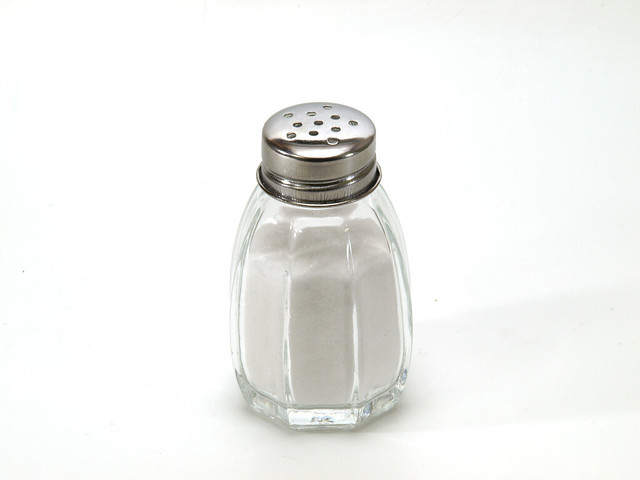Kitchen disasters can happen to everyone at some point. When something has turned out too tough, or lumpy or mushy or salty - you might think you're stuck with the bad food, but don't be discouraged. The most common cooking blunders are usually pretty simple to correct in the present, and to prevent in the future. Keep these tips in mind the next time you head into the kitchen - just in case!
Perhaps the most common of all kitchen mistakes is food that has ended up too salty. This can be down to not taste-testing as you cook, or it can be the result of liquid that's been reduced too far. If the saltiness is the result of reduction, it's usually as simple as adding water to fix the situation. If the dish has indeed been over salted, try adding a splash of lemon which will cut the salt in most cases. To avoid having this problem in the future, always taste as you're cooking and be extra careful when following a recipe - don't just toss in the amount that's listed. Also, go light with added salt when other ingredients are salty, such as bacon, canned tomatoes or canned broths.
Another kitchen mishap is overcooked meat that's ended up too tough to be enjoyed in its present state. In many cases, the meat can be shredded and used in a new recipe such as soft tacos or soup. To prevent overcooked meat always trust the cooking time to a meat thermometer rather than trying to judge doneness by sight.
If you've got mushy, soggy rice, you've used too much liquid when cooking. All is not lost, however. Even though it's not suitable for serving right away, try spreading the rice on a baking sheet and leaving it in the fridge until it's cold and the starch has time to come together. Place in a covered bowl overnight, and the next day use the rice in a soup or stir-fry, or fried rice. To avoid this happening in the future, keep in mind that the ratio of water to (white) rice should always be 2:1 and once you've covered the rice to cook, don't uncover it until the correct amount of time has passed.
If you've prepared fried food that is oily or not crispy, the problem is cooking oil that wasn't hot enough when the food was added to it. When it's meat that's turned out badly, there's no option other than to throw it out, unfortunately. When it's vegetables - french fries for example - you can reheat the oil making sure it reaches the proper temperature (usually between 300F-400F) and refry. Always make sure to fry in small batches so that your food has plenty of room and isn't overcrowded.
A cooking mistake that most cooks will experience at some point is lumpy sauces or gravy. The most simple way of correcting this issue is to use a sieve and strain out the lumps. In the future remember to incorporate all ingredients slowly, mixing all the while. It takes patience to create a perfect gravy or sauce.
When you've got meat that's charred on the outside and undercooked on the inside you've prepared it too quickly and at too high a temperature. This can be corrected by placing the meat in a 300F oven at increments of 10 minutes, checking the inside for the proper amount of doneness. In the future, remember to sear the meat quickly and then reduce the heat and allow it to cook "slow and low" for the remainder of the cooking time.
Cooking is a lifelong learning experience so don't feel bad when you make mistakes!
This is a guest post from Catherine Echols, who contributes for Stocking Fillers.

























































No comments:
Post a Comment
Please leave us some love...and have yourself a groovy day~!! Peaces...xoxo